If you have an iPad, then you know that in some ways, its functionality is like that of a smartphone. It’s a tablet that is supposed to respond to touch, so when you tap the screen or run your finger over it, it should respond. Sometimes, though, the screen can freeze. The device seems to be stuck, and there is virtually no way to use it. We’ll go over some of the potential fixes to get your touch screen working again if this is a problem that you’re facing.
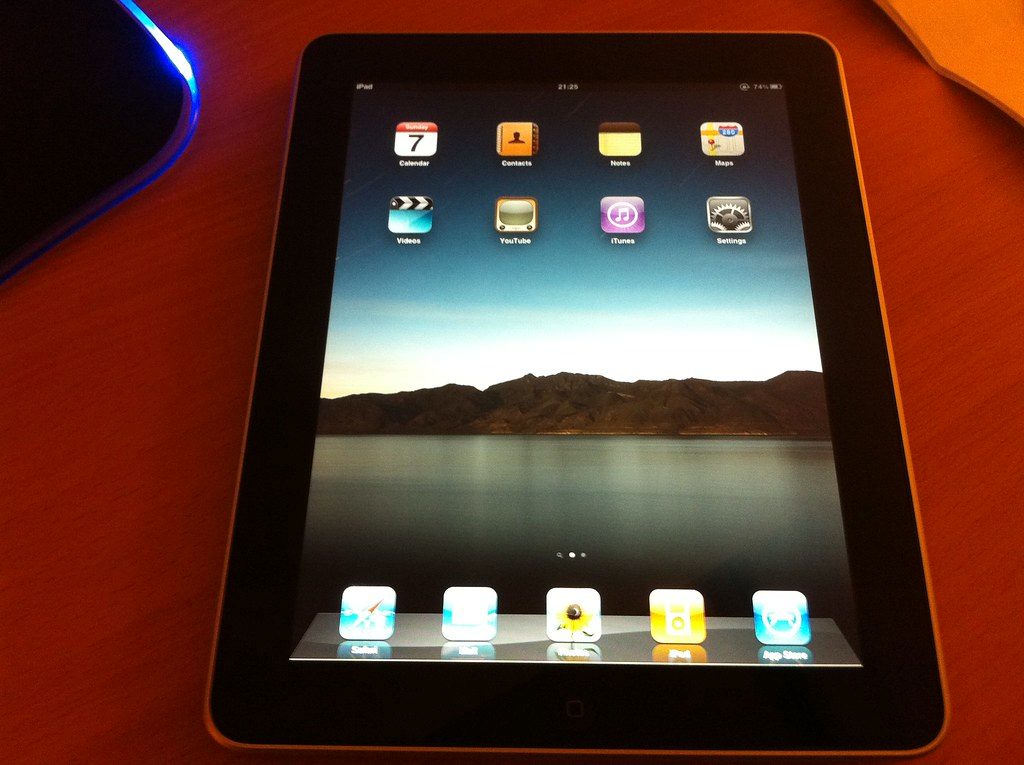
Why Might Your iPad Touch Screen Stop Working?
Multiple different reasons exist as to why your iPad’s touch screen has stopped working. It could be that you first notice the issue when you download a new version of iOS. This is a problem that Apple users have seen with iPads and iPhones, particularly associated with different versions of iOS 11. At this point, iOS versions 12 and 13 are out, but if you’re still running an earlier version, your iPad might be more susceptible to touch screen issues.
It could also be that the temperature is too low. Some users report problems with this issue in near-freezing temperatures. There could also be a software issue that is happening, which is causing the problem associated with one of your apps or a background function of the tablet.
Whichever of these is the culprit, let’s look at some of the most logical fixes for you to try.
Is Your iPad Touch Screen Not Working with One Particular App?
Maybe you’ve noticed that your iPad’s touch screen is not working when you use a single non-native app on the tablet. If that’s the case, then you can look in the App Store to see if there is a newer version of it for you to download. There might be some bug fixes in the latest version, which will prevent the problem in the future. You can also try uninstalling that app and then reinstalling it. That might be what it takes to fix the issue.

As a last solution, you could delete the app from your iPad entirely. Maybe it’s an app that you like, but if it is proving this problematic, then likely it is not worth it to keep it on your device. You can also reach out to the app’s creator or administrator via the App Store if you like. They might have some more suggestions for you.
Wet Fingers Can Affect iPad Touch Screen Functionality
Do you often use the iPad when your fingers are wet? If so, then that might be what’s affecting the touch screen’s functionality. Make sure that you have dried your fingers off completely, and then try using the screen again.
Remove Your Gloves, then Try the iPad’s Touch Screen Again
If you are wearing gloves, then that could be the reason you can’t get your touch screen to work. There are some kinds of gloves that are specifically designed to work with electronic device screens, but that is not going to be the case for most of them. Remove your gloves, and then try using the screen again.
Do You Have a Screen Protector on the iPad?
If you are using a screen protector with your iPad, then you might have left it on there, and that could be making your screen nonresponsive. Remove the screen protector and test the screen’s functionality again.
Try Cleaning Your iPad’s Screen
You can also try cleaning your iPad’s screen if you are still having issues with a lack of responsiveness. The best way is to power down the iPad. Then, take a clean, soft cloth and wipe it down. Don’t use any kind of household cleaners or chemical solvents. These are likely to damage the device’s internal components.
An iPad Touch Screen Not Working Can Be Due to 3D Touch
If your iPad has 3D Touch, then you can check the sensitivity settings and see if that makes a difference when you are attempting to tap the screen or swipe your finger across it. Go to Settings, then General. Go to Accessibility. Go to 3D Touch, and adjust the sensitivity slider by sliding it to the right. You might need to experiment with it a little before you get the results you were seeking.
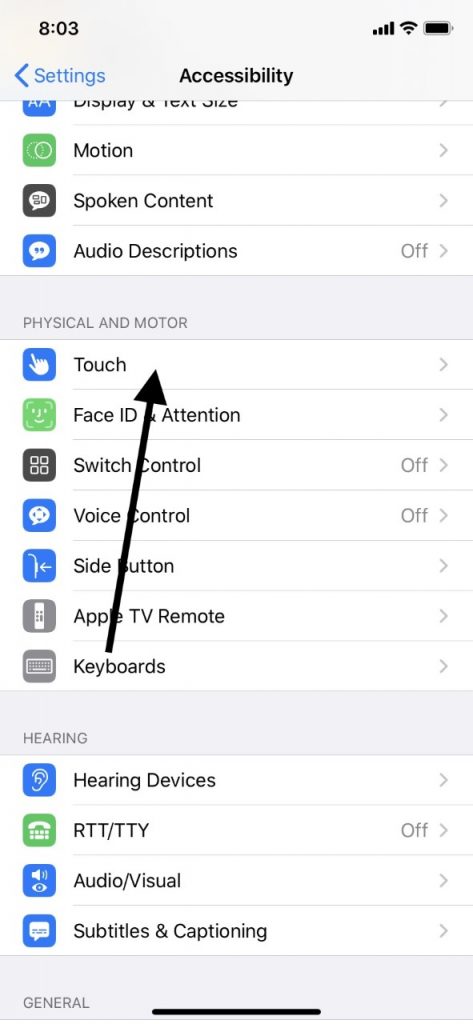
What About the iPad’s Touch Screen Having Rotation Issues?
There’s also the possibility that the problems that you’re having are related to your screen not rotating or rotating when you don’t want it to do so. If that seems to be what’s going on, then check the setting of the Orientation Lock feature.
Swipe up from the bottom of the iPad’s screen, bringing up the Control Center. There should be a rotating padlock icon. Tap it. If you have an iPad Air 1 or an earlier model, then you can also try flipping the Side switch on the tablet back and forth a few times.
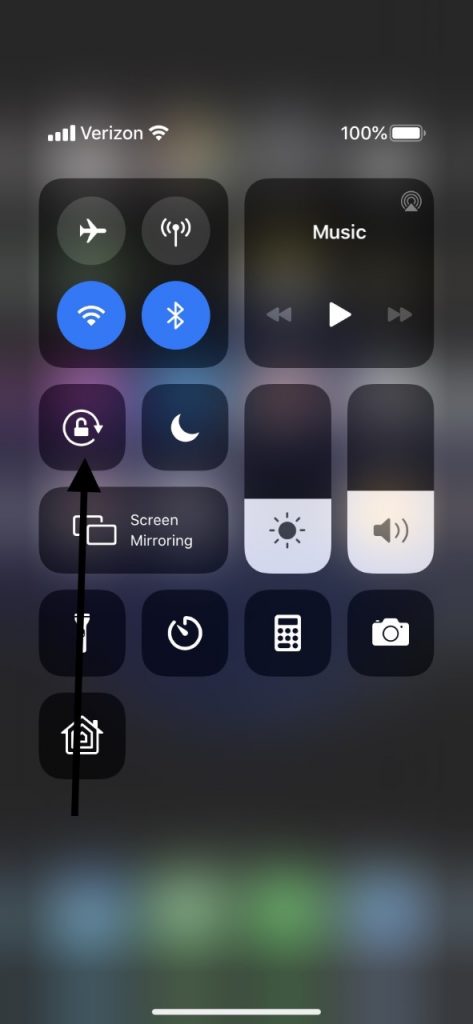
Try a Restart of Your iPad
If none of what we’ve suggested has worked to this point, then you can try a restart of the iPad. This can fix many software bugs and glitches, and it won’t affect your device’s data or settings.
Press down the Home button at the same time as the On/Off button for 10 seconds or so. This should cause the iPad to restart. Now, see if the screen responds to your taps and swipes again.
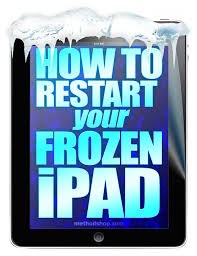
Try a Software Update for the iPad
Next, you can check for a software update. Go to Settings, then General, and then Software Update. If this is one, tap it to get it started. It will probably take a couple of minutes. If you don’t want to do it right then, you can also tap Update Later. Be sure to connect your tablet to power when you go to bed, and when you wake up the next morning, the latest version should be installed.
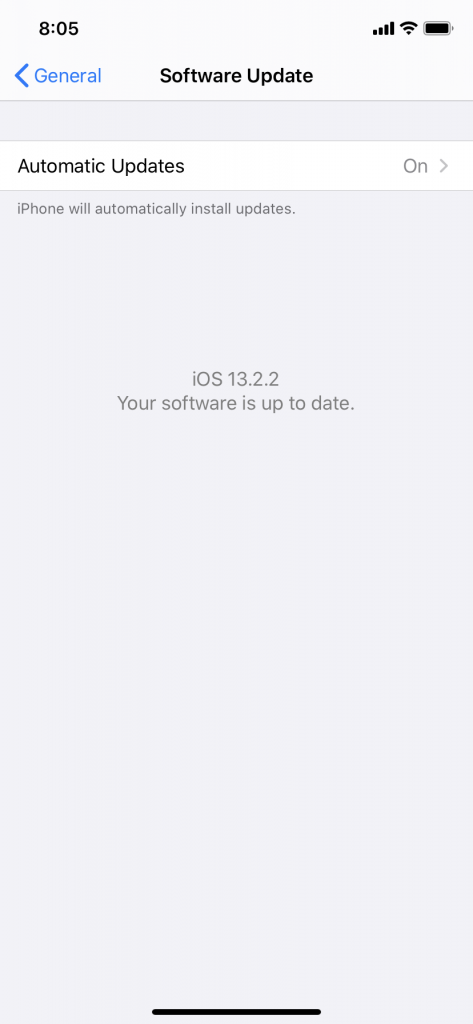
Have You Had the iPad Repaired Recently?
Sometimes, the issues get so bad with an iPad screen that you decide to get that part of the tablet replaced. If you do that, then it’s always best to go through a store that carries licensed Apple components. You can also send in the iPad directly to Apple through their website.
However, if you elected to go to a third-party repair store, then you might have gotten a new screen that is not Apple-issued. If that is the case, then the screen you got might not necessarily be compatible with your tablet.
If that’s what’s happening, then you’ll need to go back to the store and tell them about the issue. Hopefully, you still have the receipt, or you got a warranty on the repair work. Whenever you take an Apple product to a third-party store to get it repaired, you’re taking a risk that something like this might happen.
Try Restoring the iPad to the Factory Settings
One last thing that you can do is to restore the iPad to the factory settings. You should look at this as a last resort before you take the tablet to an Apple Store to get the professionals to look at it. You’ll need to back up the iPad with iTunes or iCloud before doing it since this action will wipe out your data, apps, and settings.
Once you’ve backed up the device, go to Settings, then General, and then Reset. Tap Erase All Content and Settings. You’ll be asked for your passcode. Then, you must confirm that you want to proceed. Go ahead and wipe the tablet clean, restoring it to the factory settings. Then, connect it to your computer via a USB cable, and restore your previous settings using iTunes or iCloud.
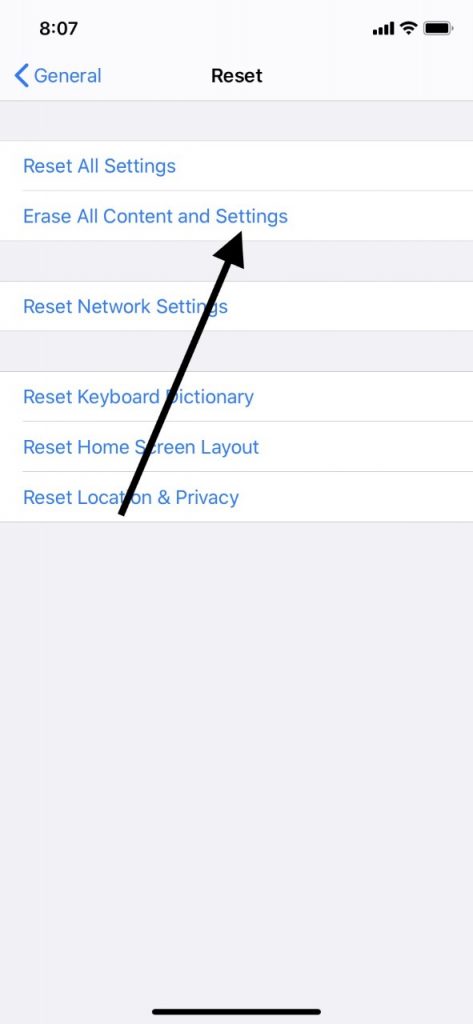
If even that failed to work for you, then what is happening is almost certainly a hardware problem, and you’ll need to take it to an Apple Store to get it looked at by the Geniuses. It is advisable to call and schedule an appointment ahead of time, so you don’t get stuck waiting in line.






